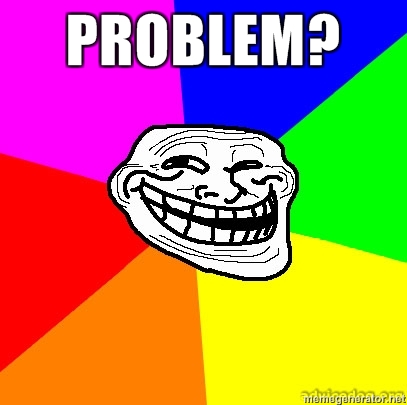This is a really sensible and helpful reply. Thanks.coolguy5678 said:Using the division sign in a one-line expression like that is just ambiguous. (48/2)(9+3) and 48/(2(9+3)) are both valid interpretations. There may be a standard, but I'm not aware of any. Well, if there is a standard, Google and WolframAlpha would probably know:
http://www.google.co.za/search?aq=f&sourceid=chrome&ie=UTF-8&q=48%2F2(9%2B3) says 288
http://www.wolframalpha.com/input/?i=48%2F2(9%2B3) says 288
But I disagree with them. I too went straight to WolframAlpha but I was disappointed. The way I read the question I see 2(9+3) as one term giving me an answer of two. I guess I should concede to Google and Wolfram though.
This is ambiguous and therefore it's bad maths. I do Maths at university.


